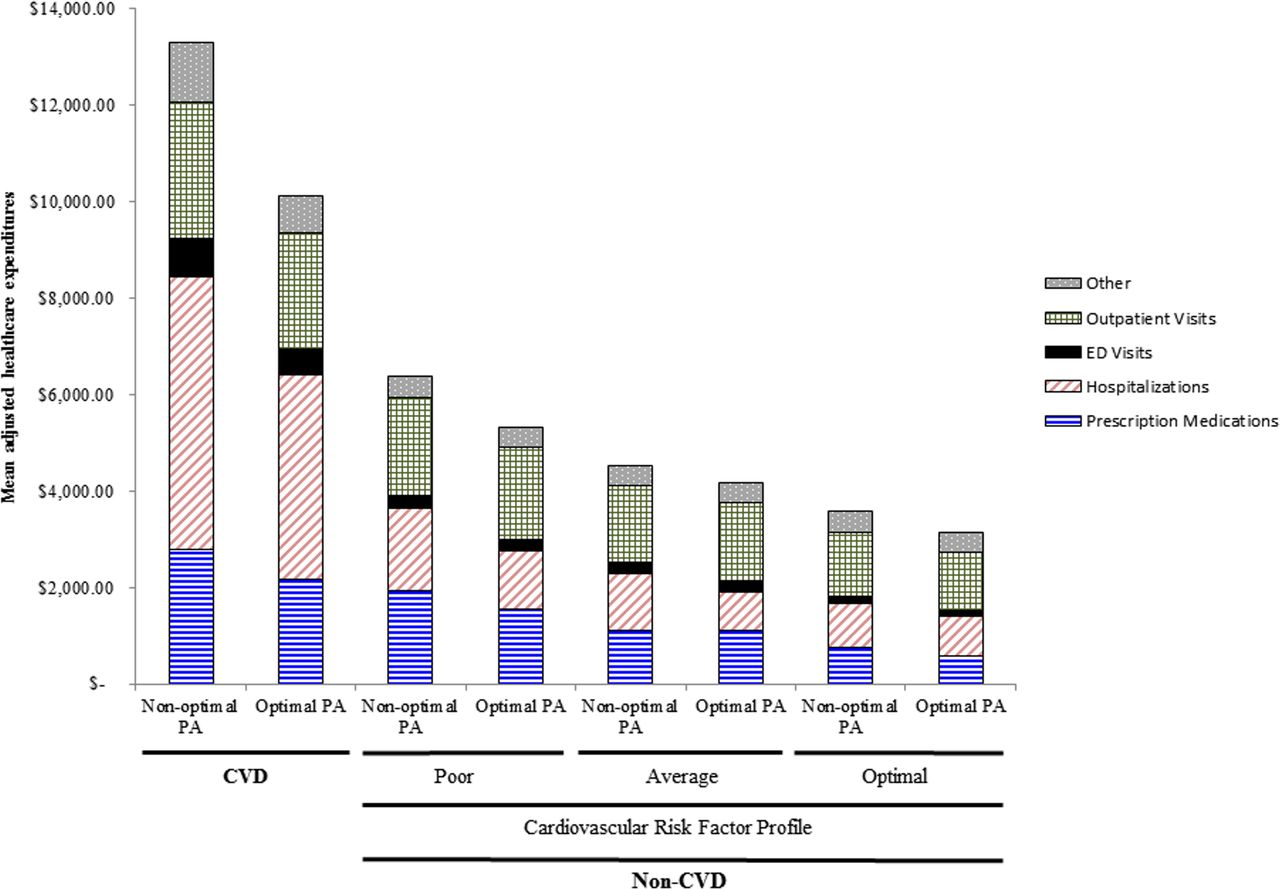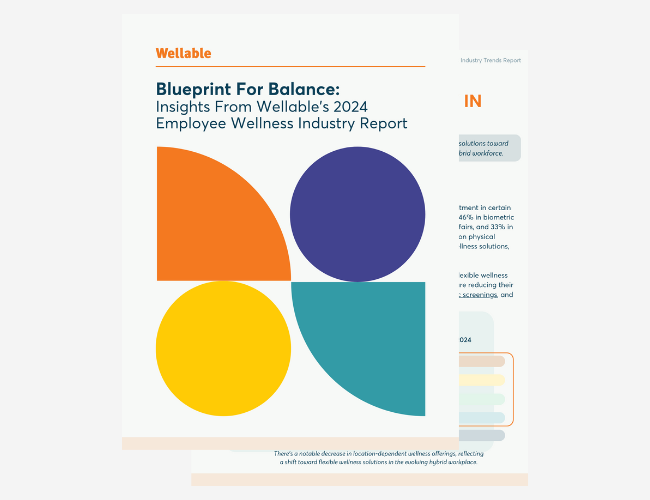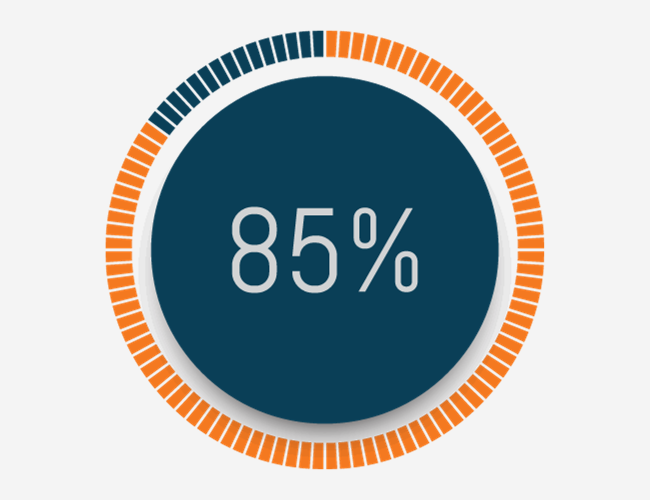Employers, health plans, and government agencies all try to ascribe a value to healthy living. Each one has their own motivation and perspective on why they care, but all of these reasons focus, to some degree, on managing healthcare expenses. Since individuals (employees, members, etc.) are the focus of healthy living programs, program sponsors should focus on how to engage these users. A multi-faceted approach works best, and most employers and health plans put rewards and incentives at the center of their engagement strategy. One of the downfall of this approach is that the economics of participation are largely driven by the sponsor funding prizes to encourage employees to participate. In addition to funded rewards, sponsors should also focus on the economic value of healthy living to the individual. NOTE: Healthy living has numerous benefits, but this post focuses strictly on financial benefits.
A study suggests that individuals who exercise with as little as 30 minutes of walking for five days a week could save up to $2,500 a year. This amount is multiples higher than most sponsor-funded rewards so wellness programs would be wise to educate individuals on this benefit if they believe financial rewards will drive the most engagement. The study, published in the Journal of the American Heart Association, looked at data from more than 26,000 men and women and included researchers from leading academic institutions and hospitals, including Yale and Johns Hopkins.
To capture the data necessary for the study, researchers utilized the annual Medical Expenditure Panel Survey, which asks a large, representative group what they spent on healthcare (insurance premiums, pharmacy, etc.) in the past year. It also captures information on diagnosed illnesses as well as lifestyle issues, such as income, educational level, and, most importantly, physical activity levels. With all this information, the researchers split the respondents into two groups: those that met the national exercise guidelines (30 minutes of moderate exercise five days a week) and those that did not. The analysis showed that individuals that met the national exercise guidelines spent $2,500 less in annual healthcare expenses as it relates to cardiovascular disease. The savings included $400 on prescription medicines and far fewer emergency room visits and hospitalizations. The researchers controlled for insurance coverage.

If financial incentives are a big part of their wellness engagement strategy, sponsors should focus on educating individuals on the lower healthcare costs associated with a physically active lifestyle. Since the study focused on just cardiovascular disease, the researchers believe that the amount of savings could actually be much higher.












